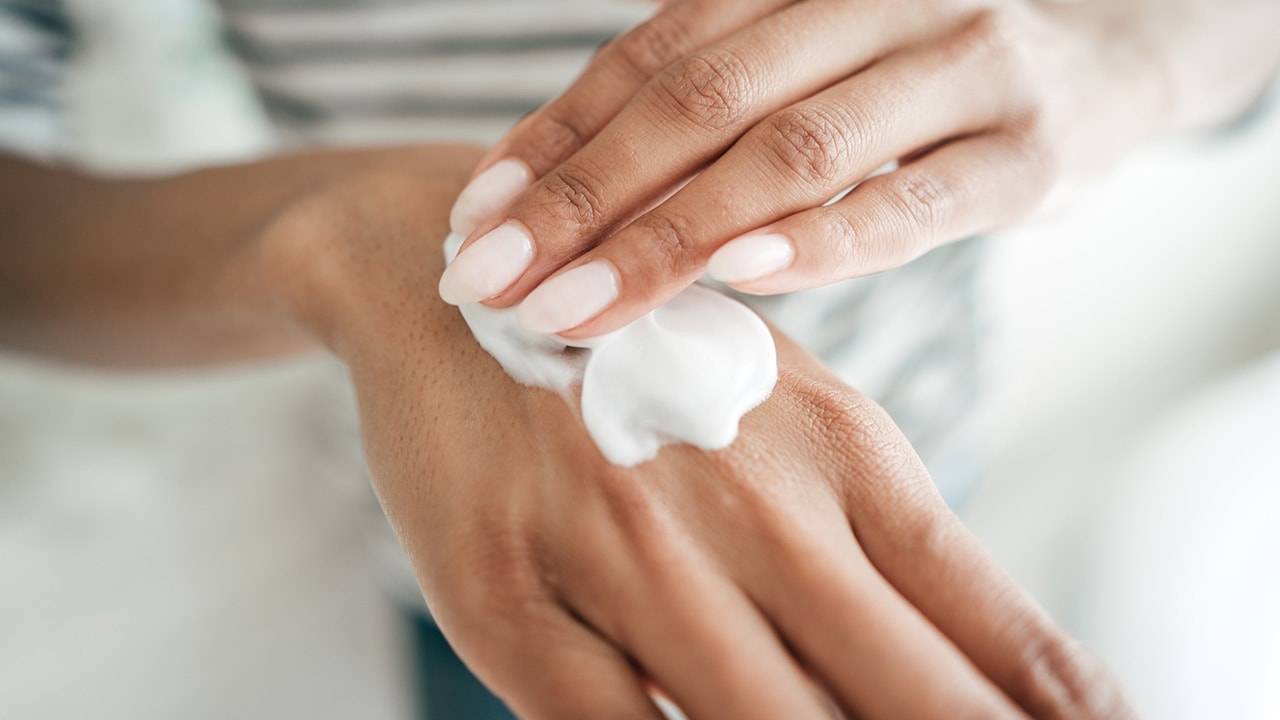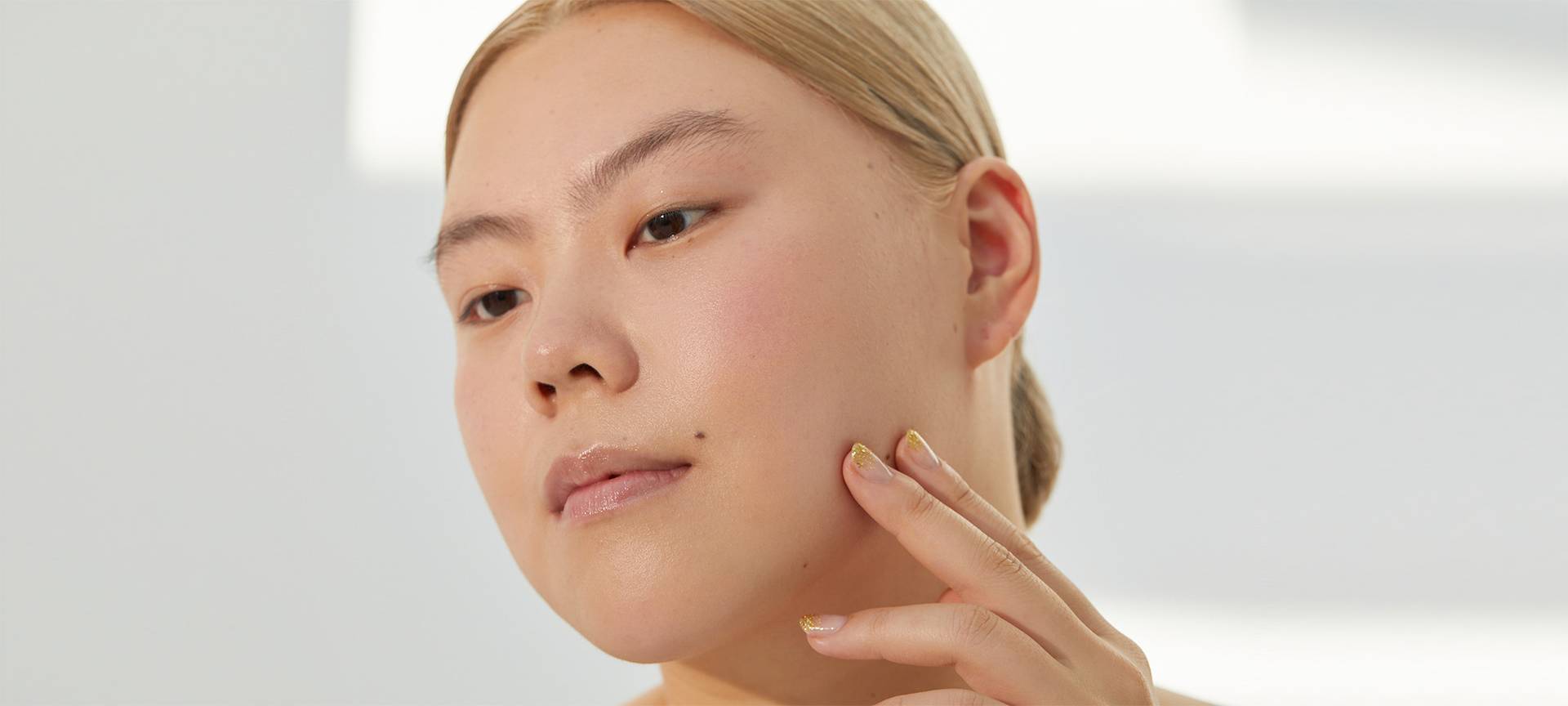
When you’re going about your regular morning and evening skin care routine, you probably don’t stop to consider what your skin is actually made up of. As your largest organ, your skin barrier is crucial in protecting you from external aggressors like infections, chemicals, and allergens, according to a study from the Indian Journal of Medical Research. But what actually makes up the skin’s barrier? Here’s where you’ve probably heard the word ceramides tossed around. Today, we’re diving into all things ceramides: what they are, how they help keep dry skin and fine lines and wrinkles at bay, and how to keep your ceramide levels—and your skin—healthy-looking.
WHAT ARE CERAMIDES?
In simple terms, ceramides are lipids (fat molecules) in the skin that help it maintain moisture levels, according to research published in the American Journal of Clinical Dermatology. They exist in the skin barrier, which helps to protect you from the outside world. Approximately half of the intercellular lipids in your skin are ceramides, according to the Journal of Clinical and Aesthetic Dermatology. But what exactly are they? The American Academy of Dermatology (AAD) states that ceramides are naturally-occurring lipids in the skin that act as water regulators.
Think about it: Since the entire point of any solid skin care routine is to hydrate the skin and keep it moisturized, it makes a lot of sense why ceramides are so important! Unfortunately, as we age, the National Center for Biotechnology Information (NCBI) states that the sheer number of ceramides that our body produces decreases, and as a result, skin can appear dry and wrinkles can start to set in. A loss or imbalance of ceramide levels can happen at any age, however, and lower ceramide numbers can result in certain unwanted skin conditions.
WHY ARE CERAMIDES IMPORTANT?
We’ve already touched on the importance of ceramides, but let’s dive into that more. Ever suffer from the occasional eczema breakout? Do you have a history of rosacea flare-ups? Although scientists are still learning more about the skin barrier and ceramides, according to the American Journal of Clinical Dermatology, most skin disorders, such as eczema and rosacea, have shown a decrease in total ceramide levels.
HOW CAN YOU REPLENISH YOUR CERAMIDE LEVELS?
Convinced you should add a boost of ceramides into your skin care routine? Research from the American Journal of Clinical Dermatology has confirmed that using ceramide-containing products, could help replenish ceramide levels in the skin and maintain a protective skin barrier. The AAD specifically recommends that patients with rosacea, who generally have more sensitive skin, should use moisturizers that contain lipids like ceramides to help improve their compromised skin barrier. Applying ceramide-containing moisturizers can also help improve eczema, according to the NCBI. Similarly, research from the Journal of Aesthetic and Clinical Dermatology has found that ceramide-containing moisturizers can be useful in helping to improve acne as well.
So, how do you find the right ceramide products to use? It’s easier than you might think—and no, you don’t need a prescription from your dermatologist (although if you’re suffering from any of the aforementioned skin conditions, it would be best to consult a professional). Take a closer look at the ingredient lists of products next time you’re browsing the drugstore aisles. As the cited research suggests, most of the studies on skin ceramides up until now have found that body and facial moisturizers are the most beneficial products to use when attempting to replenish ceramide levels. Most facial and body moisturizers that contain ceramides are labeled as such and are often marketed toward those with sensitive skin. According to the NCBI, the product packaging may also note that the formulas can help to improve and maintain skin’s barrier and increase the moisture-retention levels of skin.
Interested in learning more about the science of your skin? Up next: What Is the Skin’s Microbiome?





